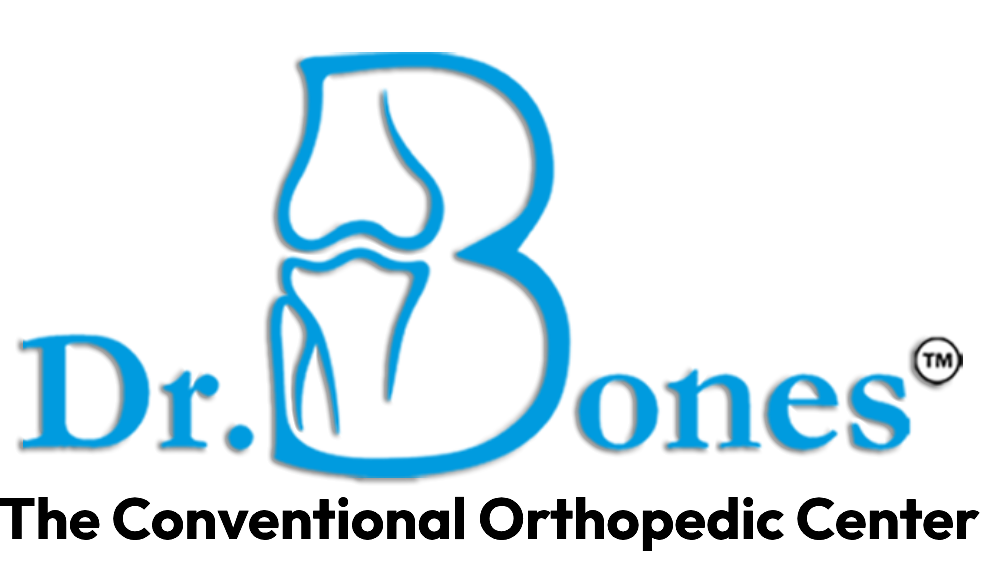Imagine this:
You wake up with knee pain.
You try to walk—your knees say no.
You want to enjoy a walk in the park, play with your grandkids, or even just sit down without wincing.
If this sounds like your life, you’re not alone. Knee pain due to arthritis or injury is very common, especially as we age. But there’s good news—Total Knee Replacement (TKR) could give you your life back.
And guess what? There’s a newer, faster, and less painful way to do it.
Let’s talk about it.
💡 First Things First: What Is Total Knee Replacement?
Your knee is like a hinge—it lets your leg bend and straighten. But over time, due to arthritis, age, or wear and tear, this hinge becomes rusty and painful.
In a Total Knee Replacement, doctors remove the damaged parts of your knee and replace them with smooth, artificial ones—made of metal and plastic. This gives you a knee that works better, bends better, and hurts a lot less.
🏥 The Traditional Method: Works Well, But Slower Recovery
For many years, TKR has been done using the conventional method. It has helped millions of people walk again without pain. But there’s a catch.
How It’s Done:
A big cut is made on the front of your knee.
The surgeon cuts through the thigh muscle (vastus medialis) to reach the joint.
Damaged bone is replaced with implants.
After surgery, you usually stay in the hospital for 5–7 days.
Walking starts after a few days, and recovery takes about 2–3 months.
What Patients Say:
“It helped me, but the first few weeks were really tough.”
“I had a lot of pain and needed help to move.”
🚀 The Game Changer: Fast-Track or Subvastus Knee Replacement
Now comes the newer and smarter approach—the subvastus method, also known as fast-track knee replacement.
It’s still a total knee replacement, but done in a way that’s gentler on your body.
How It’s Different:
The cut is smaller.
The surgeon avoids cutting the thigh muscle.
You can start walking the same day or next day!
Hospital stay is just 1 to 2 days.
Recovery is faster, smoother, and less painful.
What Patients Say:
“I walked on the same evening!”
“I was back home in two days.”
“I could bend my knee and climb stairs within a week!”
📊 Let’s Compare the Two:
Feature Conventional TKR Fast-Track (Subvastus) TKR
Cut Size Bigger cut Smaller cut
Muscle Involvement Muscle is cut Muscle is spared
Pain After Surgery More Less
Walking Starts 2–3 days later Same day or next day
Hospital Stay 5–7 days 1–2 days
Bending the Knee Hard at first Easier from day one
Recovery Time Slower (2–3 months) Faster (few weeks)
🤔 Which One Should You Choose?
Both methods work well—but fast-track knee replacement can make your recovery easier and faster.
That said, not everyone is eligible. If your knee is very stiff or bent badly, your doctor may still suggest the conventional route.
But if you qualify for the fast-track method, it’s a big leap forward in comfort and healing.
🏃 Life After Surgery
No matter which method you go for, here’s what helps:
Start walking early
Do regular physiotherapy
Eat well and stay active
Stay positive—it makes a big difference
Most patients say:
“I should have done this earlier!”
🗣 Final Word
Knee pain doesn’t have to be your story forever.
Whether it’s the classic method or the fast-track technique, total knee replacement is one of the most successful surgeries in medicine today.
And now, with the fast-track method, your journey back to walking, living, and smiling just got a lot quicker.
👉 Talk to your orthopedic surgeon and ask:
“Am I a good candidate for fast-track knee replacement?”
Your knees—and your future—deserve the best.
—
Disclaimer: This article is for educational purposes only and is not a substitute for professional medical advice. Always consult your doctor before starting any new treatment.

